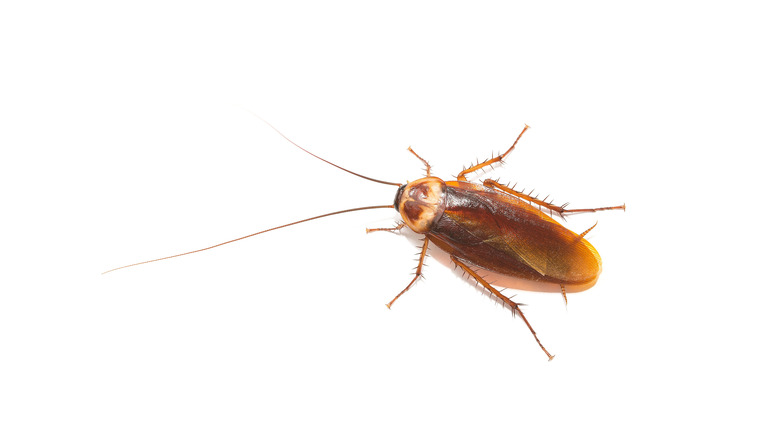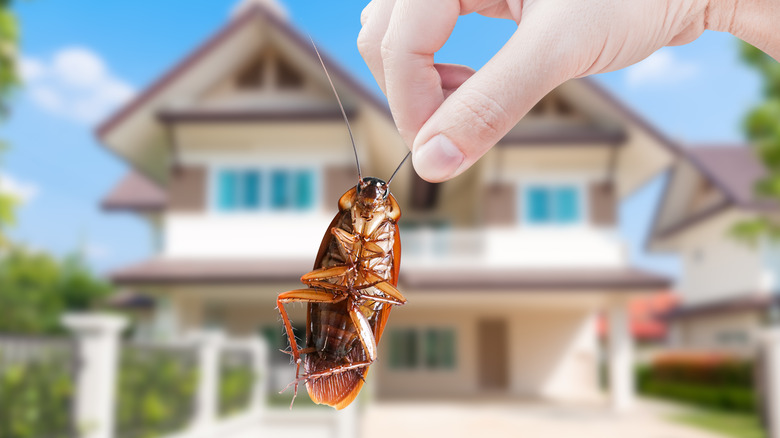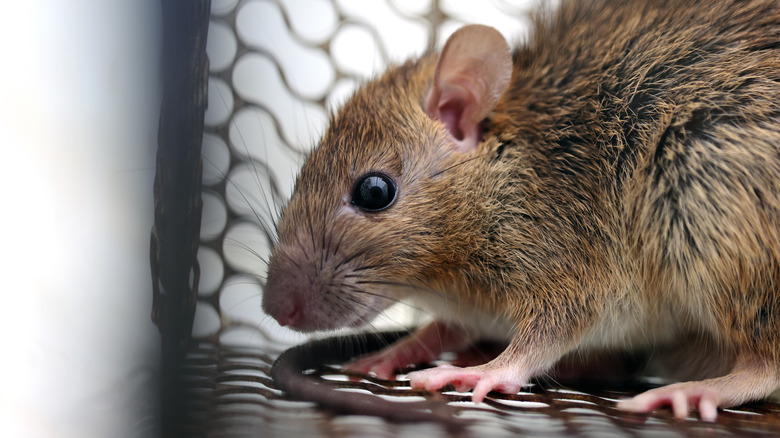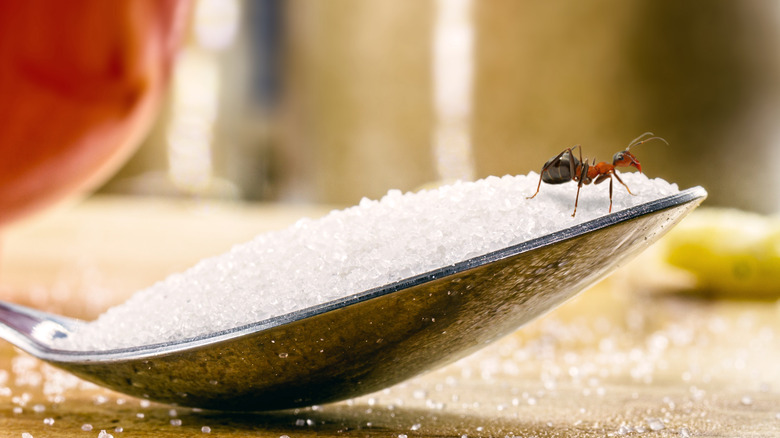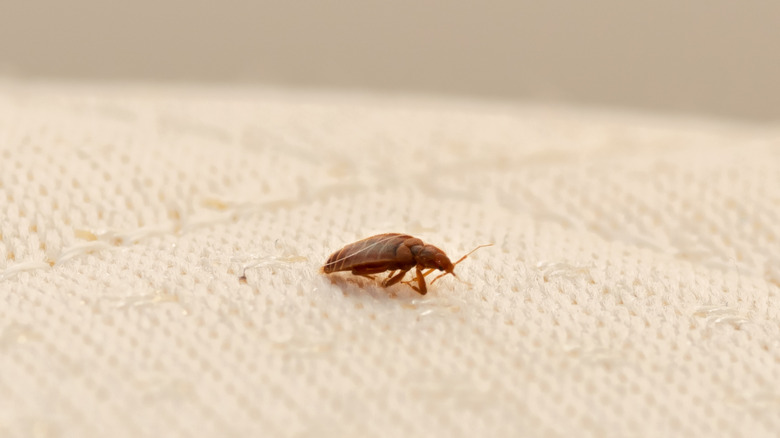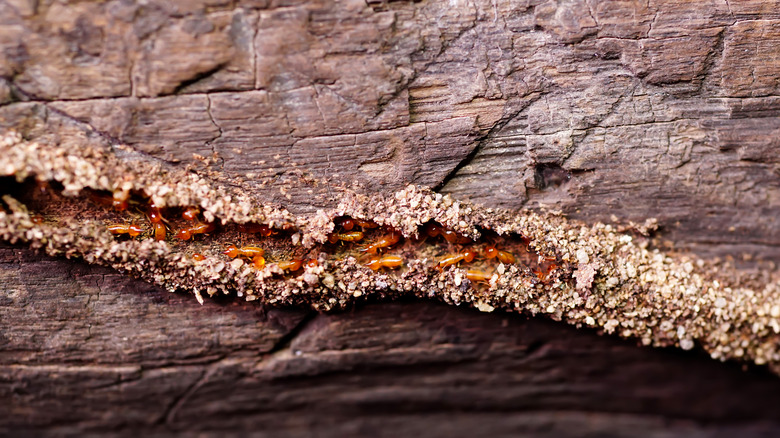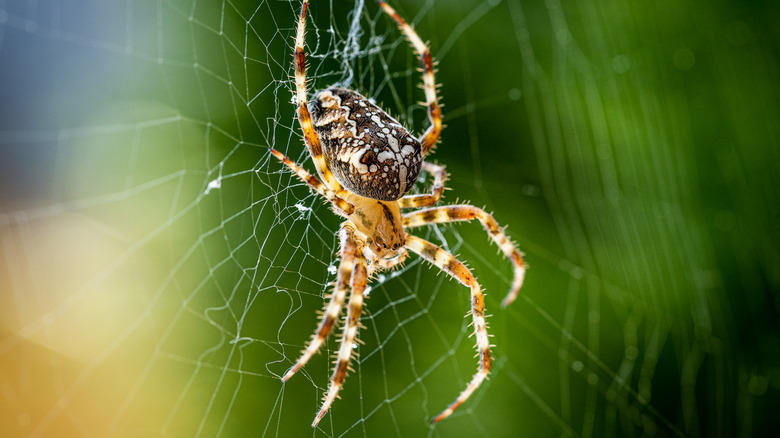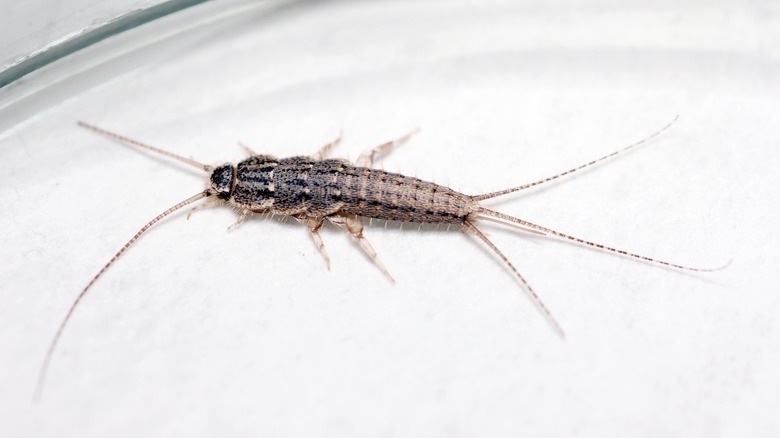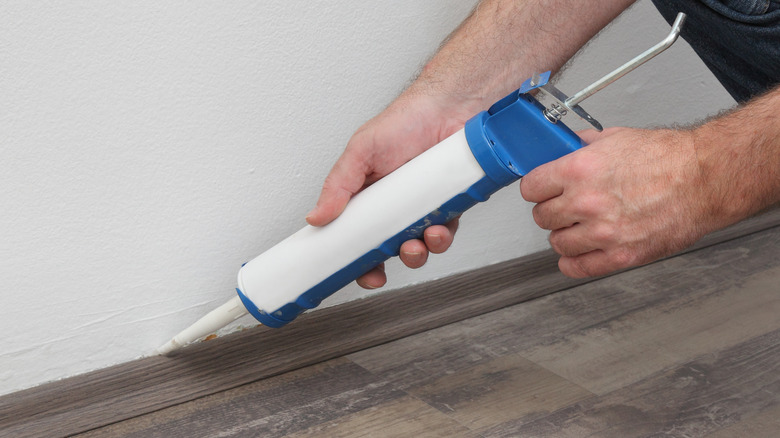Can Bugs And Pests Chew Through Caulk
Caulk is one of the best tools to prevent bugs and pests from taking over your home. This is because bugs and pests can enter your home via small openings around your property. University of Kentucky recommends you caulk cracks throughout your home, making sure to completely seal cracks in baseboards, windows, and doors. Caulk can be bought at your local hardware store, and it's often very inexpensive. Keep in mind that there are several types of caulk, so you may have to first identify the best one for you.
However, you may be wondering if these types of bugs and pests can chew through caulk and still terrorize you and your family. In this guide, we'll go over the most common insects, and pests found in households and discuss whether or not they can chew through caulk. This way, you can continue to keep the toughest pests out of your home.
Cockroaches
Even though cockroaches are a formidable bug that can invade your home and multiply quickly, they can't eat through caulk, according to How to Murder Pests. This can be a huge sigh of relief for many homeowners. If you want to continue to avoid cockroaches, make sure to seal cracks with silicone-based sealants. Not only does this type of caulk help seal gaps around your home, but many also contain boric acid, which is an excellent cockroach killer. So, if you want to get rid of cockroaches forever, use caulk to seal crevices used to gain access into your home.
To seal openings in your property, clean the gaps and cracks you're interested in sealing. This means you will have to wipe down desired areas and remove dirt and even old paint for a smooth application. Not doing so can prevent the caulk from adhering to the surface you want. In addition to caulk, make sure you're also using other methods and tools to keep your home pest-free.
Mice and rats
It's important to keep mice and rats away from your home since they carry several diseases. According to New Mexico Department of Health, rodents, including mice and rats, can infect humans with leptospirosis, the plague, Lyme disease, hantavirus, and more. So, ensuring there aren't large enough gaps for mice and rats to slide through is crucial for the health and safety of your family. Fortunately, mice cannot chew through caulk (via Your Nifty Home), especially when you use a high-quality caulk. However, silicone caulk that's cheaply made will not be able to withstand the powerful teeth of rats and mice.
Your Nifty Home recommends using a silicone caulk as a sealant since it can effectively close points of entry. Plus, it's too hard for rodents to chew through. If you have a pesky rodent problem, seal crevices with silicone caulk and use other methods to ensure they stay out of your home.
Ants
Unfortunately, ants can chew through caulk, according to School of Bugs. However, it may take them some time to completely chew through the caulk and enter your home. Nevertheless, this can pose a threat to your home and your food. Keep in mind that not all species can chew their way through caulk. According to Home Ardent, solenopsis invicta, pogonomyrmex, and acromyrmex can chew through silicone caulking. The solenopsis invicta is the fire ant, the pogonomyrmex is the harvester ant, and the acromyrmex is a new world ant. The mandibles of these types of ants are strong, so if you live in an area where they're present it's crucial that you reinforce your house with additional preventatives.
Other items than ants can chew through are wires, clothes, and even wood. A few of the best ways to get rid of ants include using a water and vinegar solution around the home and combining borax and sugar.
Bed bugs
According to Purdue University, bed bugs are weak and are incapable of chewing, which is good news for your home! However, bed bugs can wreak havoc on your property when not taken care of since they can reproduce quickly and are experts at hiding. To combat bed bugs, it's important to caulk points of entry, such as baseboards and gaps in the wall, where they can slip in. Doing so can effectively kill off the rest of the bed bugs since their food supply is cut off.
So, how do you get rid of bed bugs? In addition to using caulk, you can also wash your bed sheets with hot water, vacuum and steam clean carpets and bedding, and even use a cayenne pepper spray. Make sure to closely inspect areas where they may be hiding, including headboards, mattresses, and box springs. Don't be afraid to call in the experts if the problem gets out of hand.
Termites
While termites are known to chew through wood, which can cause a lot of destruction, they can't eat through caulk, per Anchor Pest Control. So, using caulk to prevent termites from entering your home in the first place can be a great idea. However, caulk may not be enough to get rid of termites if they have already found their way into your property.
One simple way to get rid of termites is to use boric acid. This powder is typically found in home improvement stores or in the cleaning isles of grocery stores and is inexpensive. To use boric acid against termites, simply sprinkle the powder in areas where termites have been seen or are known to hide in. Keep in mind that there are different types of termites that can infiltrate your home, so you'll have to ensure the boric acid is suitable for the species you're dealing with.
Spiders
While some spiders have powerful bites, they can't chew through caulk. In fact, the Home Depot recommends you prevent spiders with caulk by applying it on cracks, gaps, and crevices. You can also use caulk around wires and faucets to minimize the risk of spiders entering your property. This is excellent news for those who have a fear of spiders or simply want to prevent them from taking over their home.
There are many spiders you might commonly see in your home, some of which are poisonous, so it's best to take preventive steps before a problem arises. There are various methods you can use to keep your home free of pests, such as using spider traps and pesticides. You can even create your own natural solutions to rid yourself of spiders and stop them from invading in the first place. For best results, make sure you know the type of spiders that are commonly found where you live.
Silverfish
Like many other pests, silverfish can cause a lot of damage in your home, which can cause you to lose a lot of money. According to the Pest World, silverfish can eat wallpaper, books, glue, flour, clothing, and more. However, silverfish can't chew through caulk. For this reason, sealing cracks and crevices with caulk is essential.
If you already have a silverfish infestation in your home, there are many ways that you can get rid of them. For example, you can use sticky traps or pesticides found in hardware stores to tackle the problem. Bob Vila recommends you use boric acid or diatomaceous earth as a natural way to eliminate silverfish. Simply sprinkle one of these powders where silverfish typically hide and sweep it up when the infestation is under control. Make sure that the boric acid and diatomaceous earth are in a place where children and pets can't reach it.
Using silicone caulk to prevent bugs and pests
The best line of defense against many bugs and pests is silicone caulk because it's effective and can't be easily chewed. So, if you want to avoid bugs or pests, use caulk to seal cracks and holes that are large enough to keep creepy crawlers or rats out. According to Anderson Pest Solutions, caulk allows you to seal off tiny openings where insects and other pests can slip through. They recommend taking the time to look for gaps and crevices where pests or bugs can slip through to prevent them from entering without permission.
Once you've identified the areas that need to be sealed, go ahead and purchase the best caulk for the situation. Then, clean the area to ensure it sticks and carefully apply the caulk. Once you're done, let the caulk dry for a minimum of 24 hours. Try to cover as many gaps as you can.
